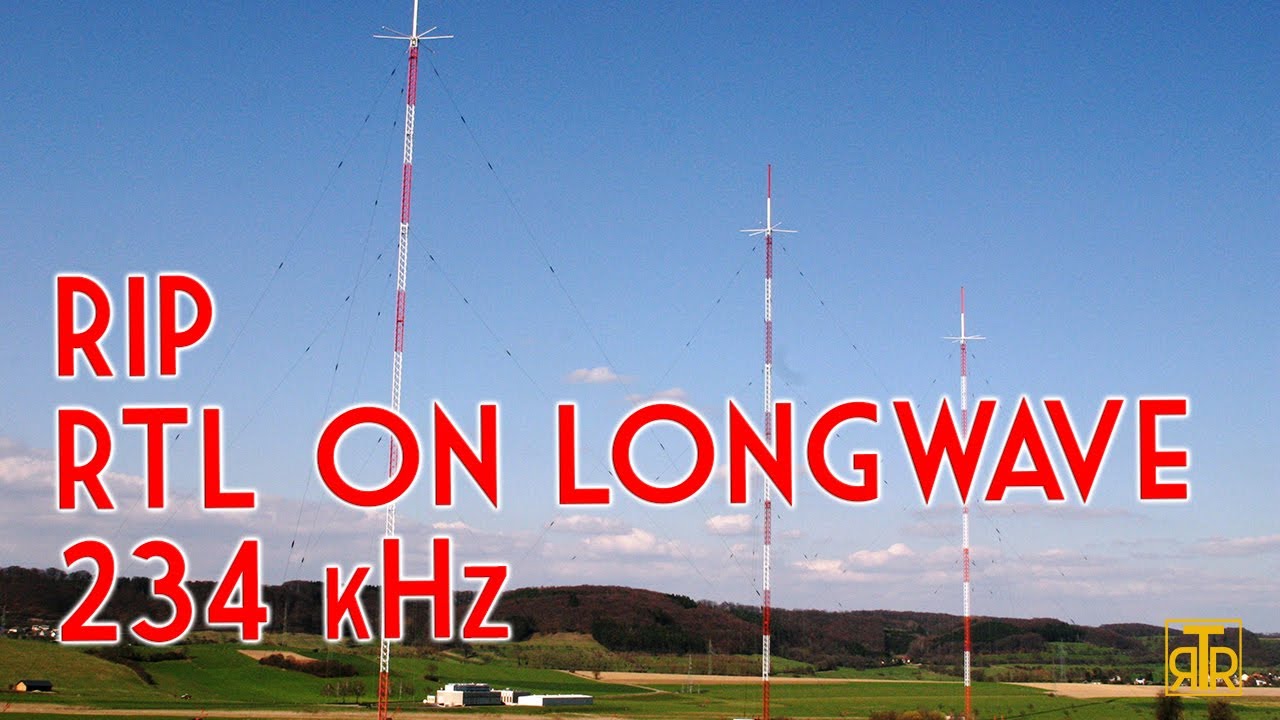In Europe, Africa, and parts of Asia, the longwave band, frequencies from 148.5 to 283.5 kHz, has long been used for AM broadcasting. Although broadcasters have been migrating to FM and, more recently, digital audio broadcasting, a few longwave stations remained on the air. My car radio, installed in 1991, included the longwave band as well as the regular medium wave AM and VHF FM bands.
Radio Luxembourg was an early entrant in the longwave broadcasting arena, beginning test transmissions in 1932 and beginning commercial broadcasts to the U.K., Ireland, and France in 1933. Since the U.K. and France both enforced government monopolies on broadcasting, Radio Luxembourg (subsequently RTL) provided advertisers a way to reach audiences in those markets, with programming intended to attract those not thrilled by stuffy state broadcasting.
RTL France, boradcasting on 234 kHz, was a feature of the longwave band for decades, going off the air only during World War II. In 1932, it inaugurated service from Junglinster with 150 kW power, upgraded to 250 kW in 1951, 500 kW in 1954, 750 kW in 1960, 1000 kW in 1964, and 1200 kW in 1987. In 1972 a new transmitter and antenna farm was inaugurated at Beidweiler, broadcasting with 1400 kW in 1972, and upgraded to 2000 kW in 1974. This was reduced to 1500 kW in 1994 when solid-state transmitters were installed, and 750 kW in 2020.
On 2023-01-02 longwave broadcasting from Luxembourg came to an end “in an effort to reduce the company’s energy use.”
